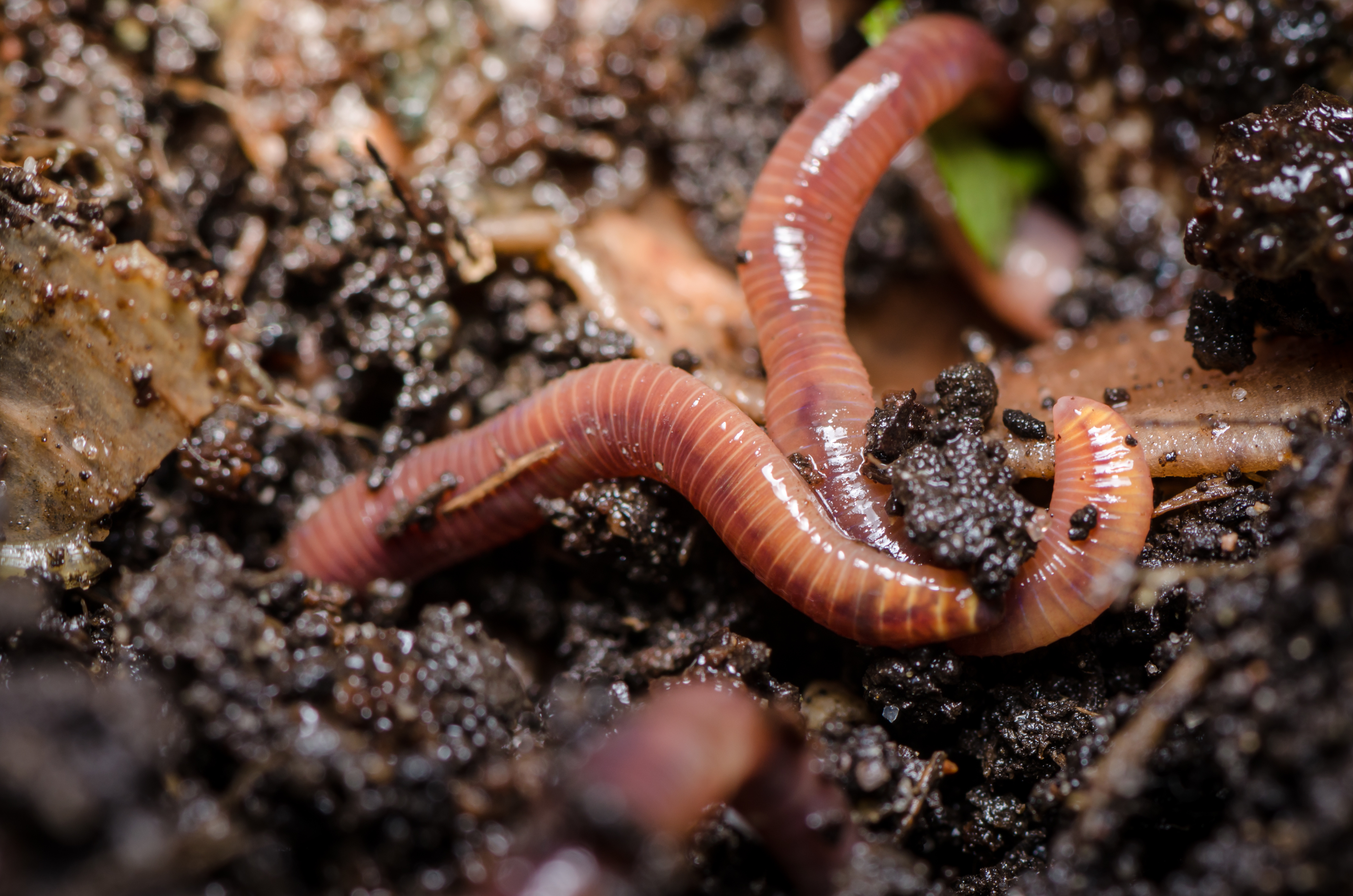Earthworm functions
The activity and behaviour of earthworms is beneficial for the provision of many soil ecosystem services, including:
- Enhanced porosity improves soil hydrological functioning through better water infiltration and drainage
- Enhanced porosity improves soil aeration and space for root growth
- Decomposition of organic matter, allowing the release of plant-available nutrients
- The incorporation of litter from the soil surface enhances soil organic carbon
- Enhancing the activity of beneficial soil bacteria and fungi
- The formation of soil aggregates, for better structure and quality
Earthworm ecology
Earthworms are grouped into three ecotypes based on their morphology, ecology and burrowing behaviours.
These ecotypes are:
- Anecic - The largest earthworm species are in this group. They create deep, vertical burrows in the soil, through which they bring fresh litter into from the soil surface
- Endogeic - Move horizontally in the soil, creating networks of soil pores.
- Epigeic - Are the smallest of the earthworm species. Live and feed on the soil surface on leaf and plant litter.
- Compost earthworms - Found in compost or warm and moist environments with a rich supply of compostable material.
Follow Jackie Stroud on twitter @wormscience for great info and updates on worms





